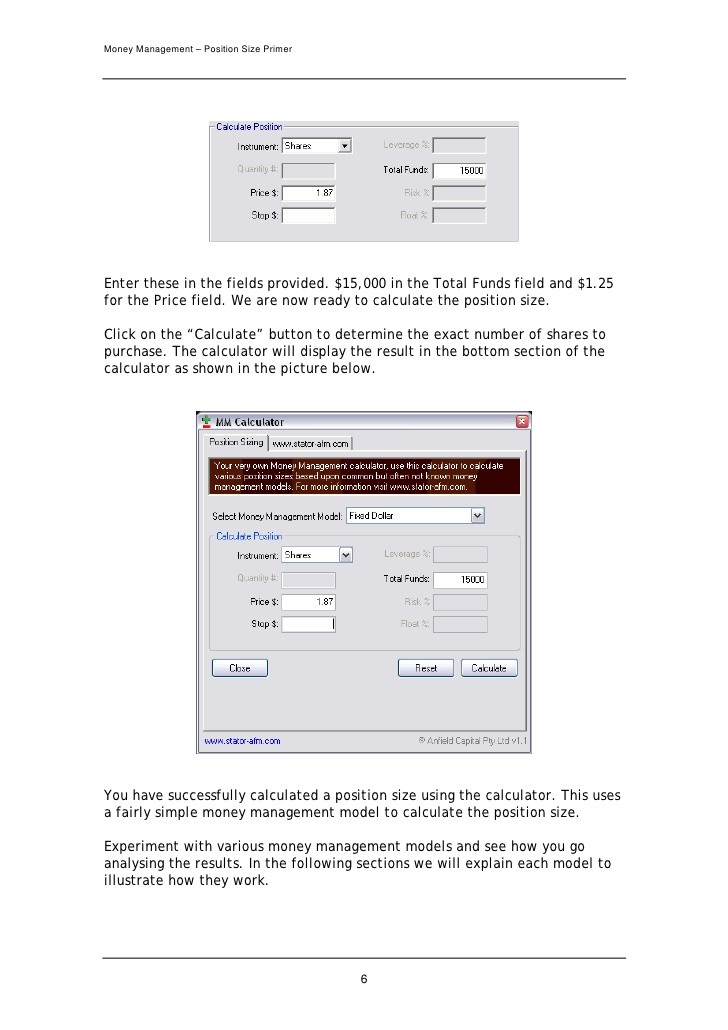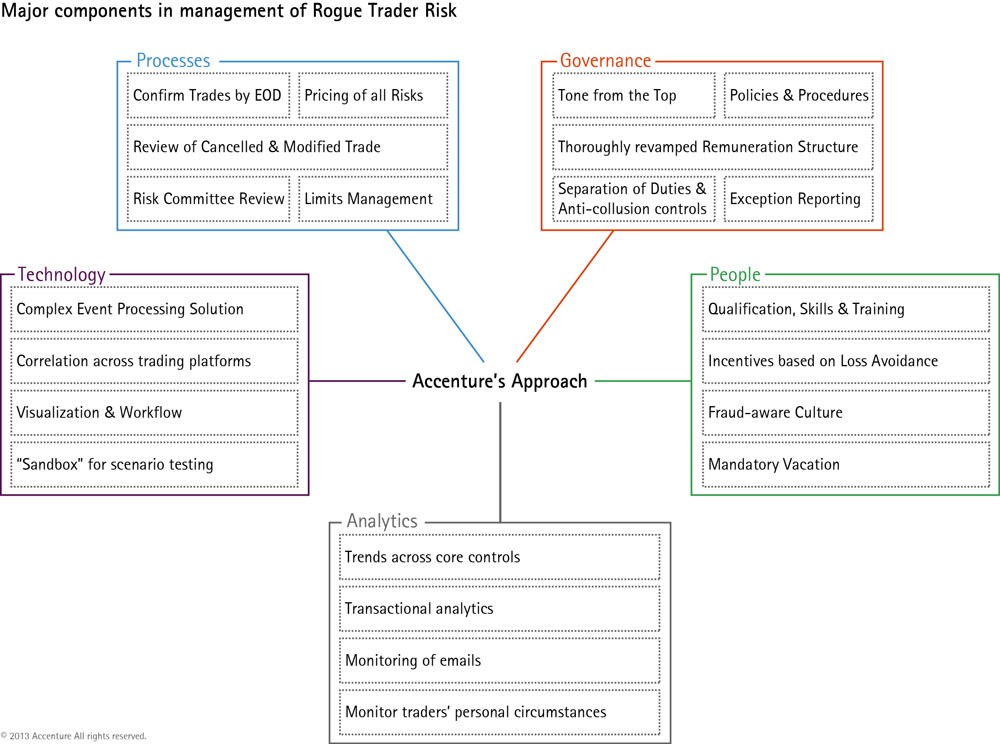Position Sizing Essential Money Risk Management Concept
Post on: 16 Март, 2015 No Comment

Position sizing is an essential yet often under appreciated money investment risk management concept. It can be the difference between success and failure. Position sizing is among the most important concepts of stock trading, but is also absolutely critical to long term investors. We are going to explore position sizing as it relates to long term value investors.
What is Position Sizing?
Scale In
Scale in is a process of purchasing positions in smaller increments than your ultimate position size might be. It can be used as a form of dollar cost averaging, although there are many variations and strategies for scale in.
Scale out
Scale out is a process of selling portions of a position in increments rather than selling the entire position at once.
Both scale in and scale out are an admission by the investor that trying to time exact tops and bottoms is impossible. No one can consistently buy at the exact bottom and sell at the exact top.
Why is Position Sizing So Important?
Avoid Devastating Losses
One of the most common mistakes made by investors is taking positions that are too large. The purpose of diversification is to avoid devastating losses caused by one or two investments that go bust.
- Never Put More Than 5% in Any One Stock
I put a lot of emphasis on the importance of reducing portfolio volatility and preserving your capital in bear markets. Position sizing is critical to taking measured and appropriate risks.
Many investors get excited about an investment they really believe in and are willing to take risks that torpedo their portfolio if they are wrong. Attention to proper position sizing allows an investor to avoid devastating losses caused by losing a large percentage of a portfolio.
Position Sizing Example
When an investment achieves my price target for purchase I try to take a small enough position that I can increase my position 2 4 times if the stock becomes a bigger bargain. Let’s use a hypothetical $100,000 portfolio as an example.
If stock XYZ reaches my target price I might buy a 1.1% ($1,100) position. If XYZ falls 10% my position size is now

1.0% (
$1,000). I re-evaluate the company and if nothing has fundamentally changed I have the opportunity to buy XYZ for 10% less than my first purchase. Now I might buy a 1.2% (
$1200) position (more than the first purchase) because it is a better price and provides a greater margin of safety than before. Now my position is 2.2% (
$2,200).
If XYZ falls another 10% my position falls to
2.0% (2,000). I re-evaluate the company; if nothing has fundamentally changed I can buy more! This time I might buy a 1.3% ($1,300) position, increasing my position size to 3.3% of my portfolio.
See how this works? This is a form of dollar cost averaging. Not only do I purchase more shares because the price is lower, but I increase the position size of each trade to take advantage of the better price!
The same strategy can be reversed to sell a stock as it moves higher. Sell a small increment and then sell larger positions if the stock continues to move higher. Reducing your position size as the stock becomes less of a bargain reduces the risk of holding too much of a particular stock as it moves higher.
Money Risk Management Concept
Position sizing is a critical money risk management concept. It is important because it protects your portfolio from a single investment causing devastating losses.














